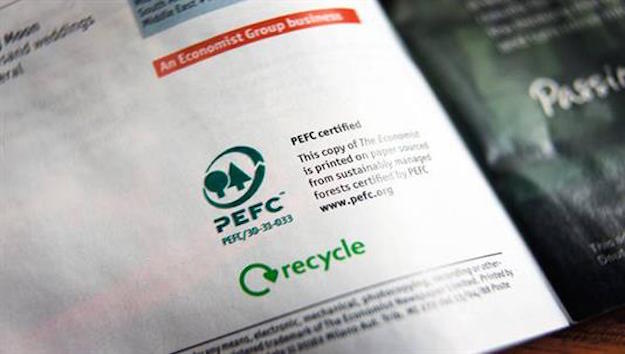
Laurel Brunner considers the implications in making an environmental impact declaration for print and calls for a new standard that measures the materials used in all aspects of the printing process.
How do you make an environmental impact declaration for print? And why would you want to? These are questions most printers would prefer not to answer, but the second question is easier than the first: customers.
Over the last few years big brands have become increasingly environmentally aware. This occasionally is because the top brass believe that it’s in the interests of the business to do so.
Take Unilever as an example. CEO Paul Polman has committed Unilever to substantial growth achieved in the context of an overall environmental footprint reduction. And he has set up the Unilever Sustainable Living Plan to improve the company’s social impact, but Unilever is an exception. Mostly big corporations have become socially aware because their shareholders and customers expect them to be.
As these voices get louder, Unilever and its ilk will want to know more about the environmental impact of print. They will want to see data supporting environmental declarations and expect the products and services they buy to be environmentally accountable.
Fortunately, there are plenty of ecolabelling options, such as the Blue Angel or the Nordic Swan companies. There are also ISO standards such as ISO 14001 (Environmental management systems) and ISO 16759 (Calculating the carbon footprint of print).
What’s missing is a standard that measures the materials used in all aspects of the printing process, so that labellers can reference accurate data in their environmental label compliance assessments.
Currently, this is not possible. We have no standardized means of collecting the data relating to substrates, inks, press chemicals, blankets or printing plates, and so on. Accurate ecolabels need tools that nail down the chemicals and materials used in print production so that it can be communicated to the whole supply chain.
This is not an unambitious task, but work is already underway. The goal of all parts of the series is the same. The ISO 22067 series is intended to help make comparisons of different print production models.
This is possible because the series will provide a means for quantifying and then evaluating the specific environmental aspects and impacts of a print production model. It will make it easier to decide which print method to use, based on data related to all materials used in the process.
ISO 22067 deals only with the production aspect of a print media product, not its entire life cycle so it’s a complement to ISO ecolabelling standards. Work on this series of documents is underway, for specific categories of print, starting with packaging.


